São Tomé
Robinson Crusoe’s faithful servant Friday, (so named because Crusoe found him on that day of the week), was a Caribbean slave. Crusoe befriends the man and doesn’t treat him as such, but slavery was still an acceptable practice in 1719 when the book was written.
At one point in the story, Robinson Crusoe is captured by Barbary Pirates. He and another slave named Xury escape the Moorish pirates and Xury becomes Crusoe’s “servant”. The term “slave” is not used in reference to Xury, but he is treated as Crusoe’s property. Near the end of the book, Xury is given to a Portuguese sea captain as an indentured servant.
Most people on the islands of São Tomé and Principe are descended from slaves of Portuguese colonists.
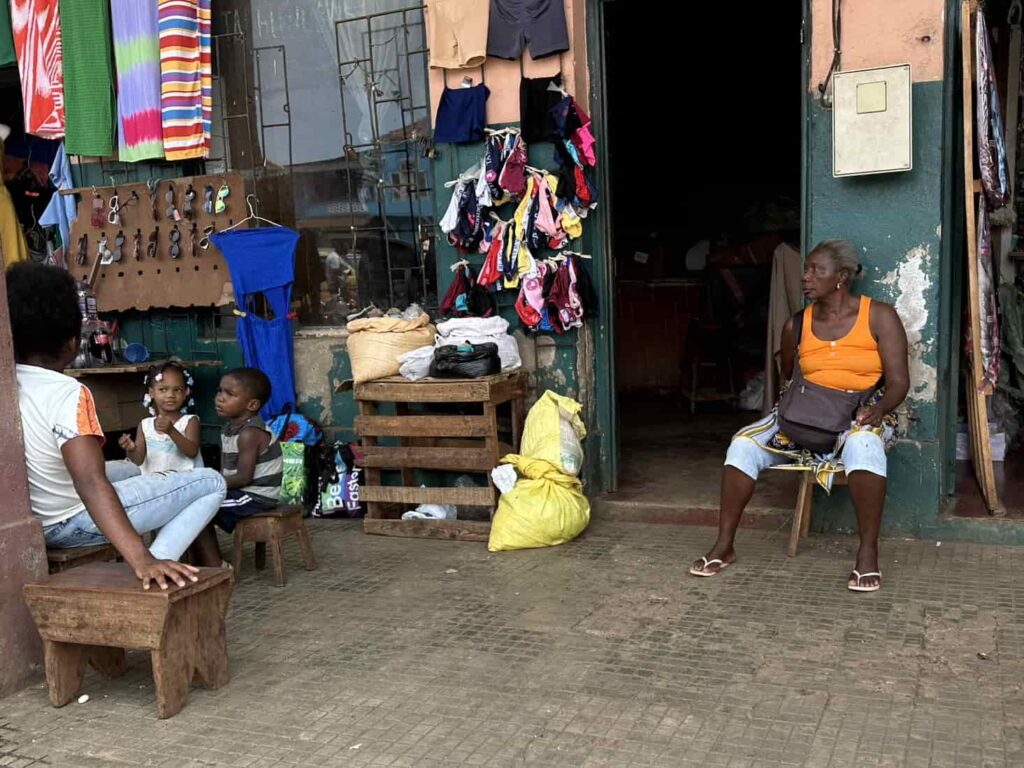
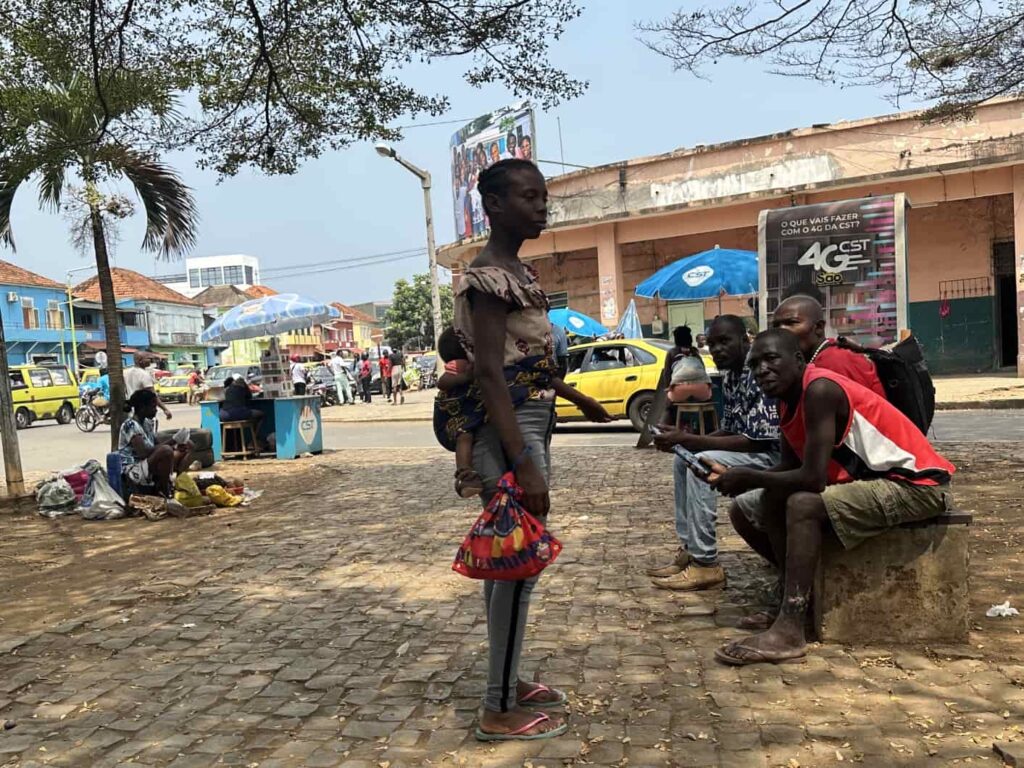

The Portuguese abolished slavery in 1876. The people of São Tomé were technically “free,” but not in practical terms. For most, their status progressed from “slave” to “indentured servant,” which was not a big step up. People worked for modest wages, most of which were withheld by their employers as compensation for food, shelter, and clothing provided by the employer. There was no way for an indentured servant to elevate their circumstances.
The practice of indentured servitude persisted for a century until 1975 when São Tomé and Principe gained independence from Portugal.
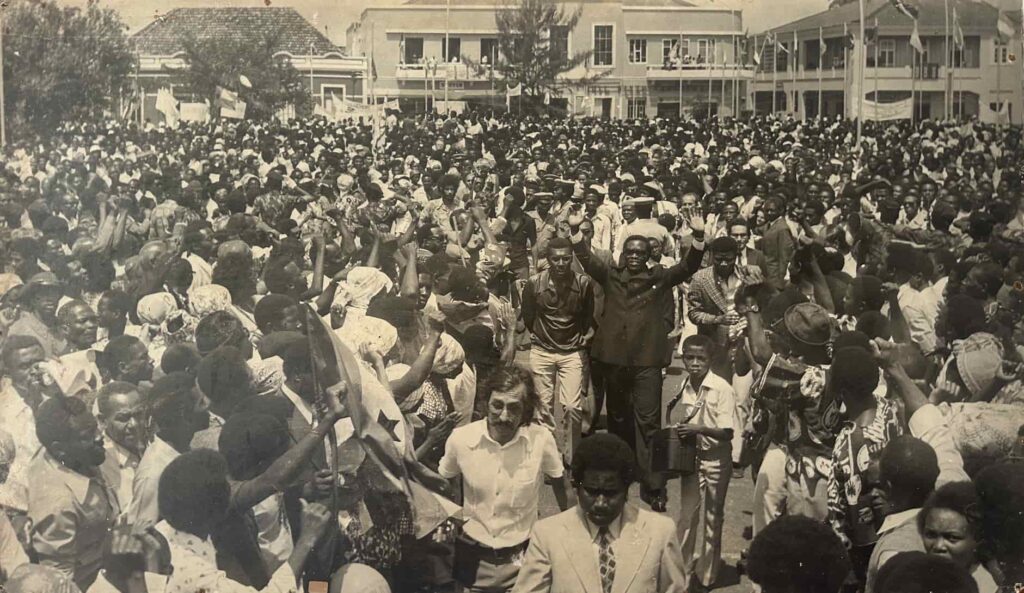
President Manuel Pinto da Costa on Independence Day July 12, 1975.
Today, Bear and I met a person born into indentured servitude. Our guide took us to a village on the outskirts of São Tomé City where we met an 84-year-old woman, who was indentured to a family of Portuguese coffee producers as a child.
I could not understand or pronounce her name, so I will refer to her as “Grandmother”.
Grandmother and her now-deceased husband, laboured for plantation owners for the first half of their working lives. In 1975, they were granted a small plot of land after São Tomé gained its independence.
Grandmother’s husband passed away three years ago. Her daughter and four grandchildren now live with her, and help farm the 1.5 hectares.
On their farm, Grandmother and her family grow black pepper trees, vanilla beans, coriander, various fruits and ornamental flowers, as well as chickens.
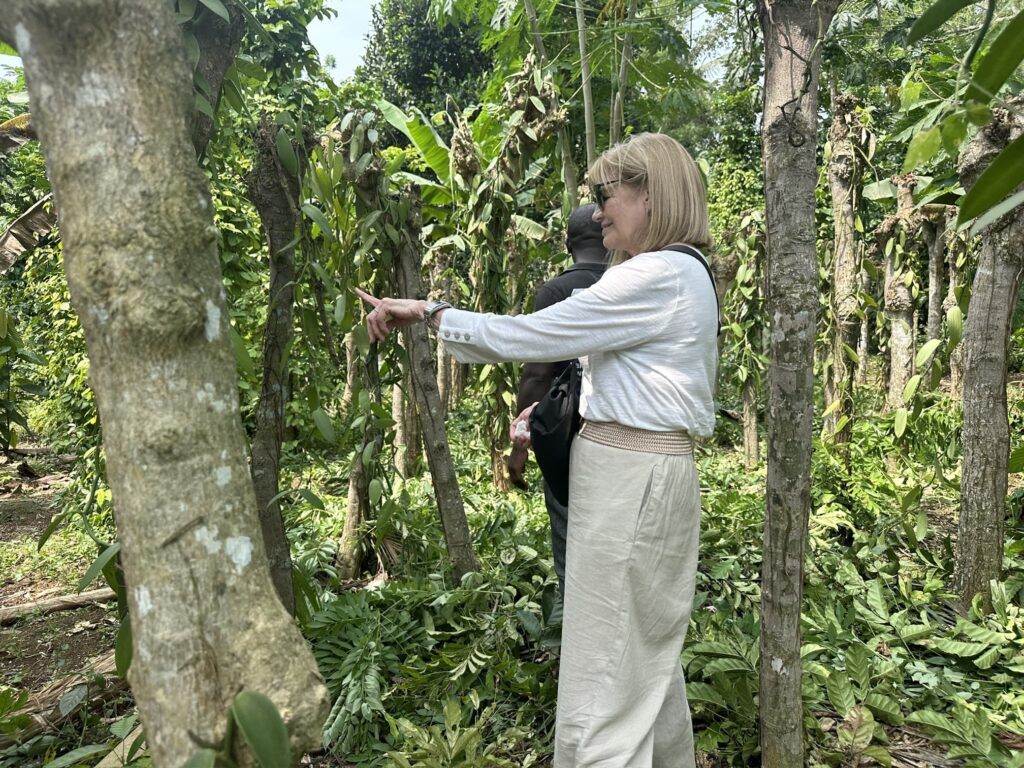
Grandmother’s family, and most families on São Tomé, live in conditions we refer to as “Third World”.
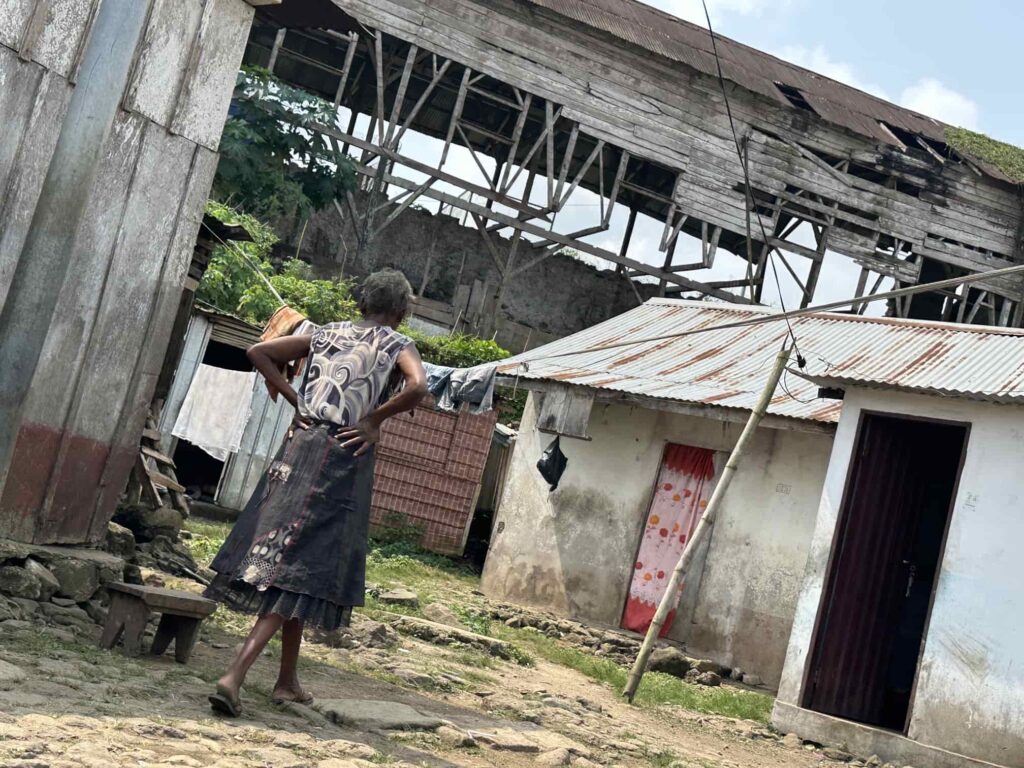
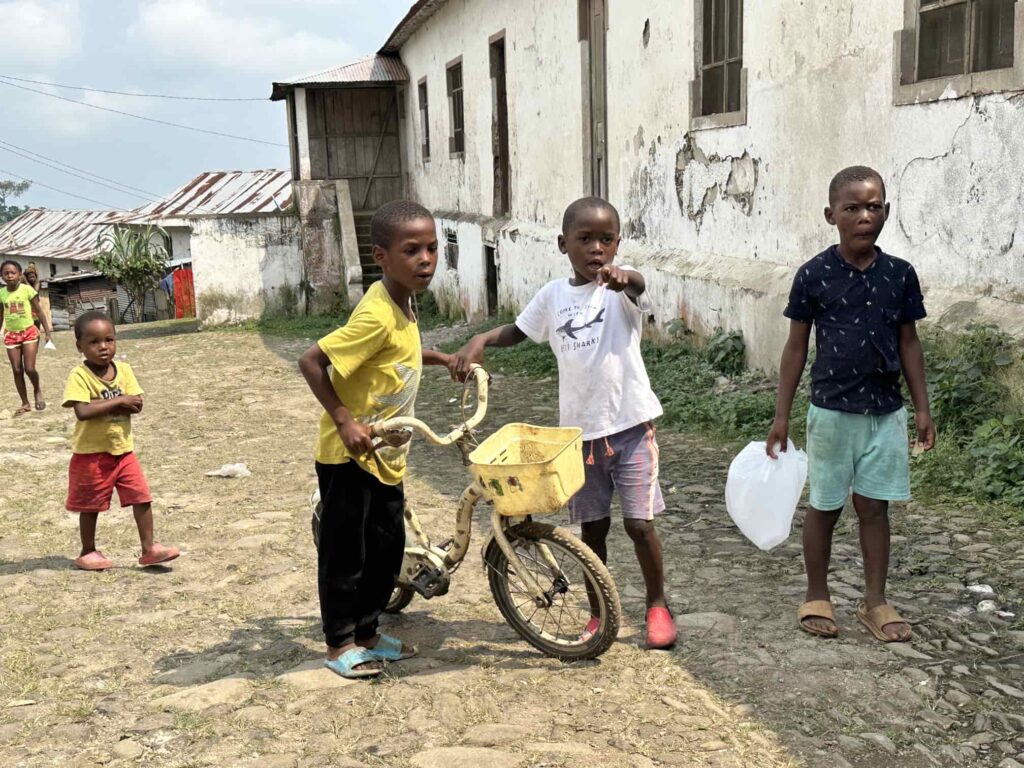
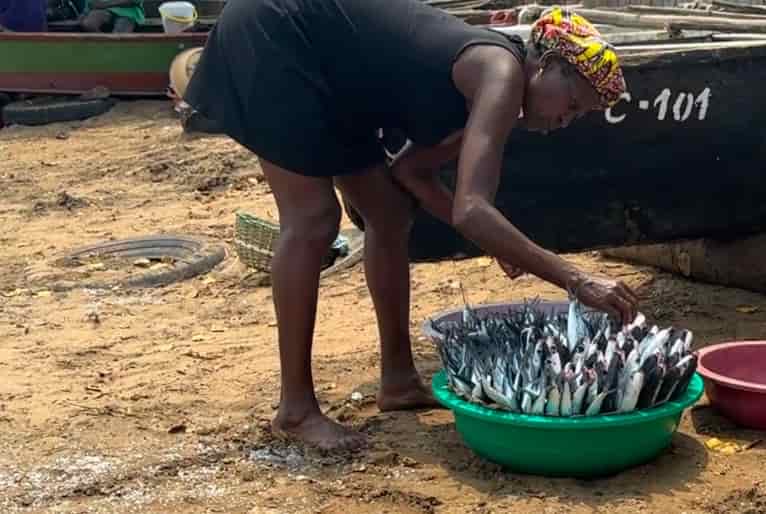
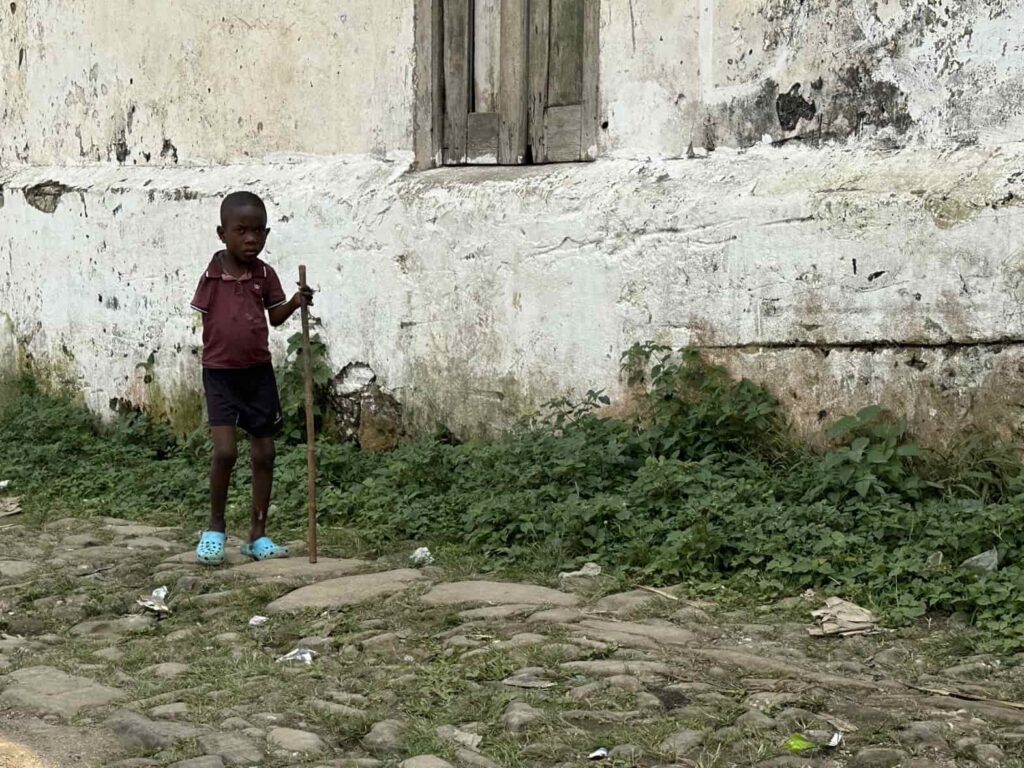
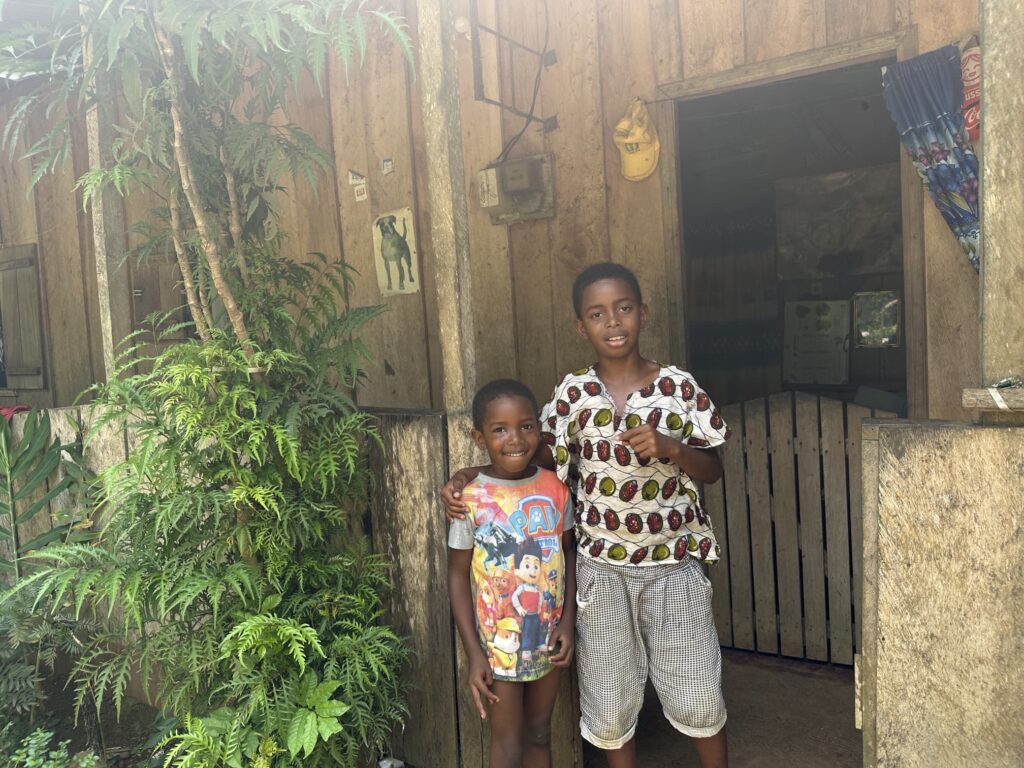
Grandmother was camera shy, but two of her grandsons were more than willing to pose for photos.
We gave each of the boys a Toonie as payment for their photo.
When I pointed out the polar bear on the coins, it prompted a growling and clawing pantomime that I am not sure their Grandmother appreciated.

Grandmother’s generation is the last to be directly influenced by slavery, but the effects of São Tomé’s colonial past persist.
2025 marks the 50th anniversary of independence for the people of São Tomé and Príncipe. For most of the people living here, freedom still looks a lot like…
… Slavery.
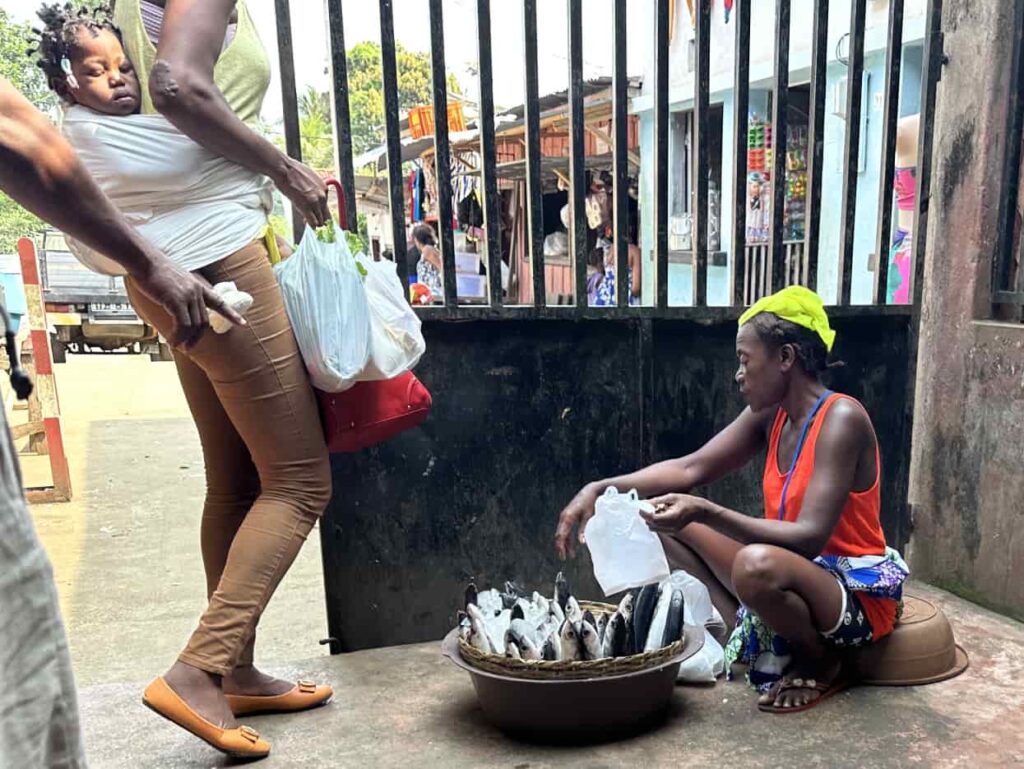
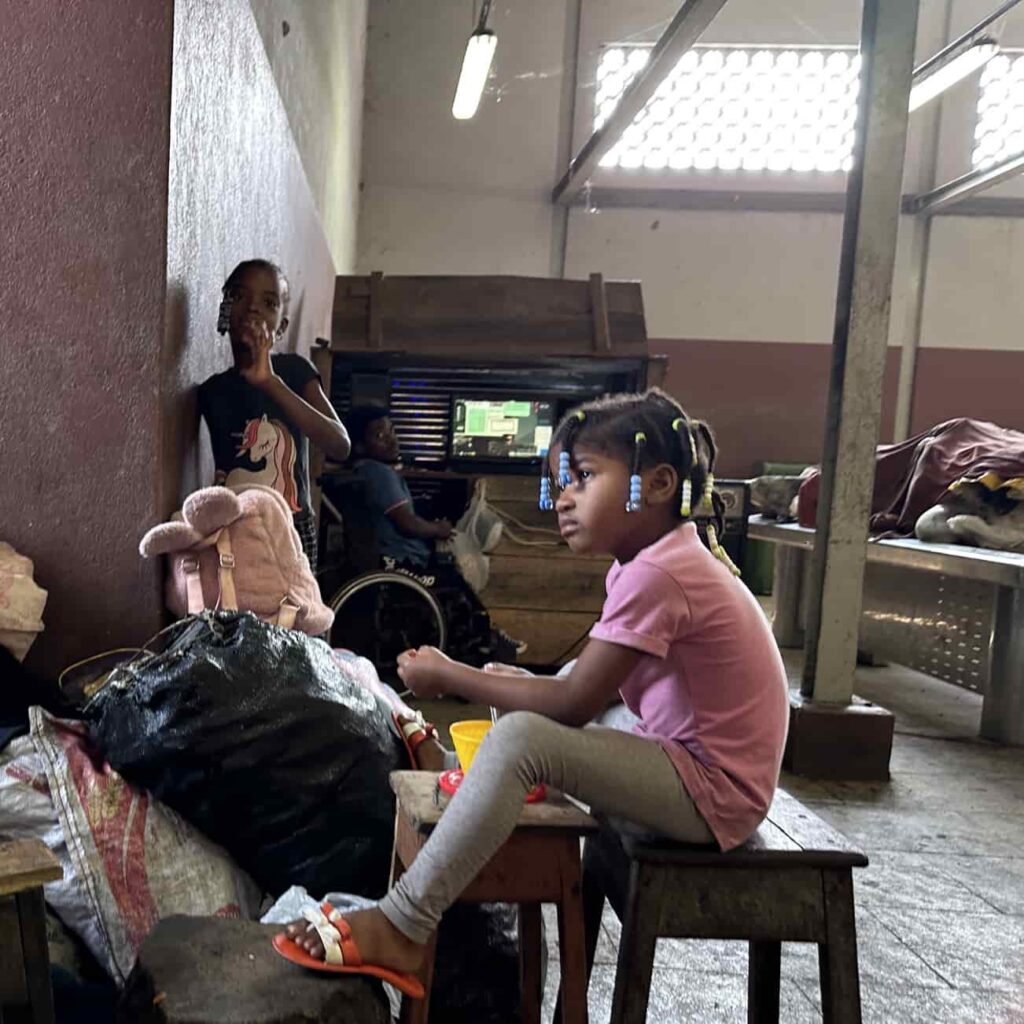
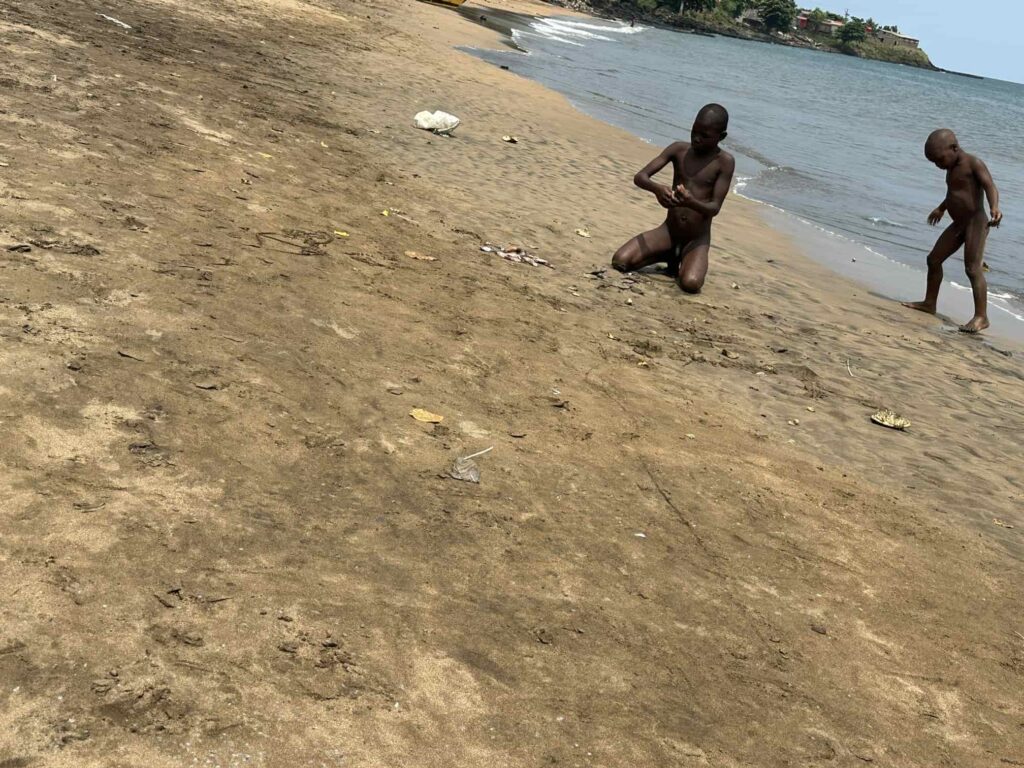
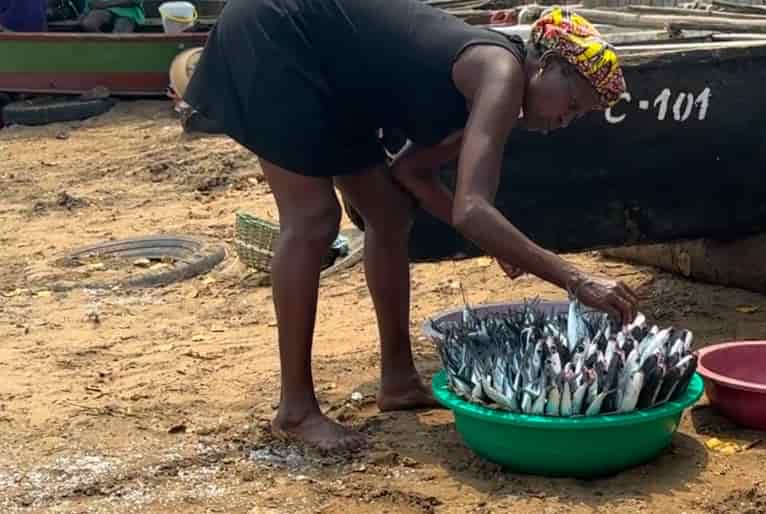
Like and Subscribe…
To join the WellWaterBlog audience, scroll down and add your e-mail address to the growing list. You will receive a notice each time a new article is posted and nothing else – No Advertising, No Solicitations, No B.S., Just Fun.


Leave a Reply